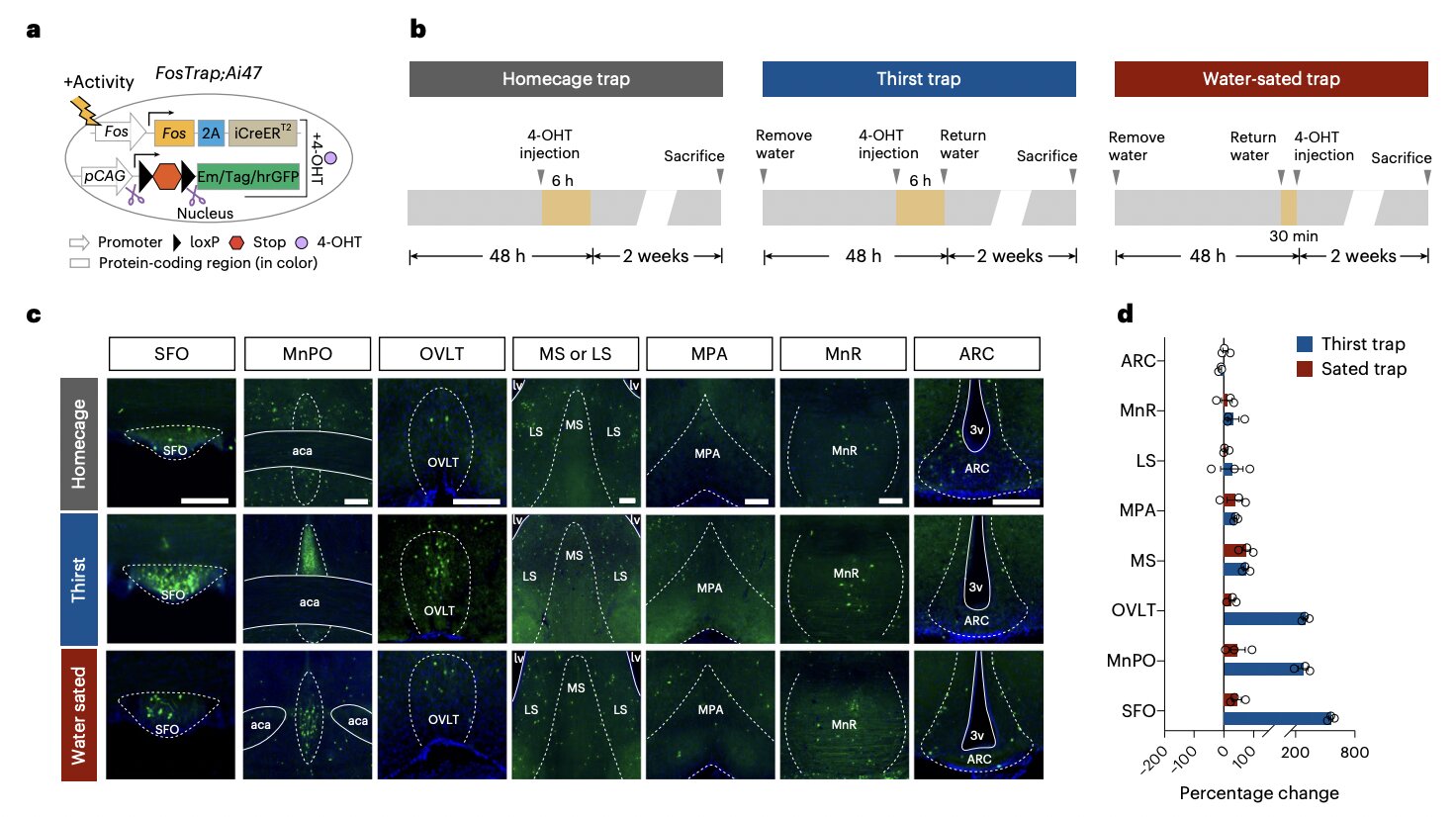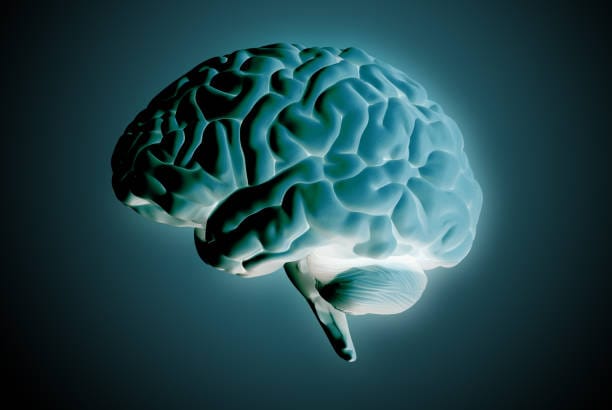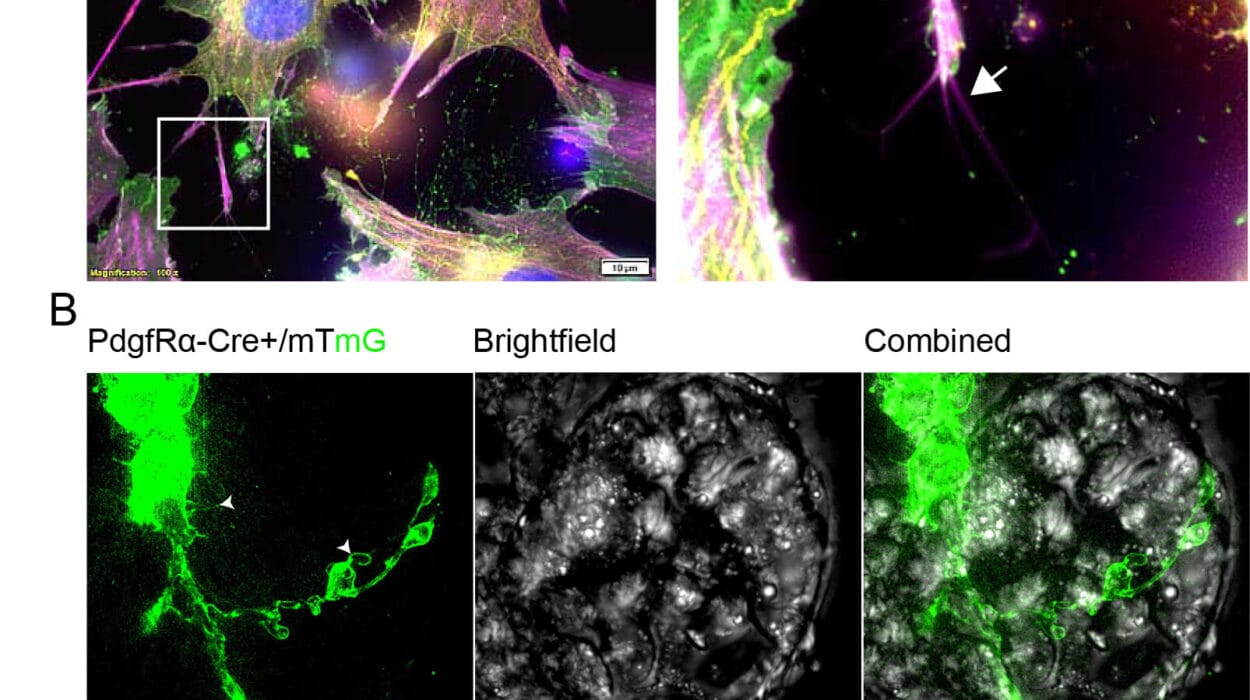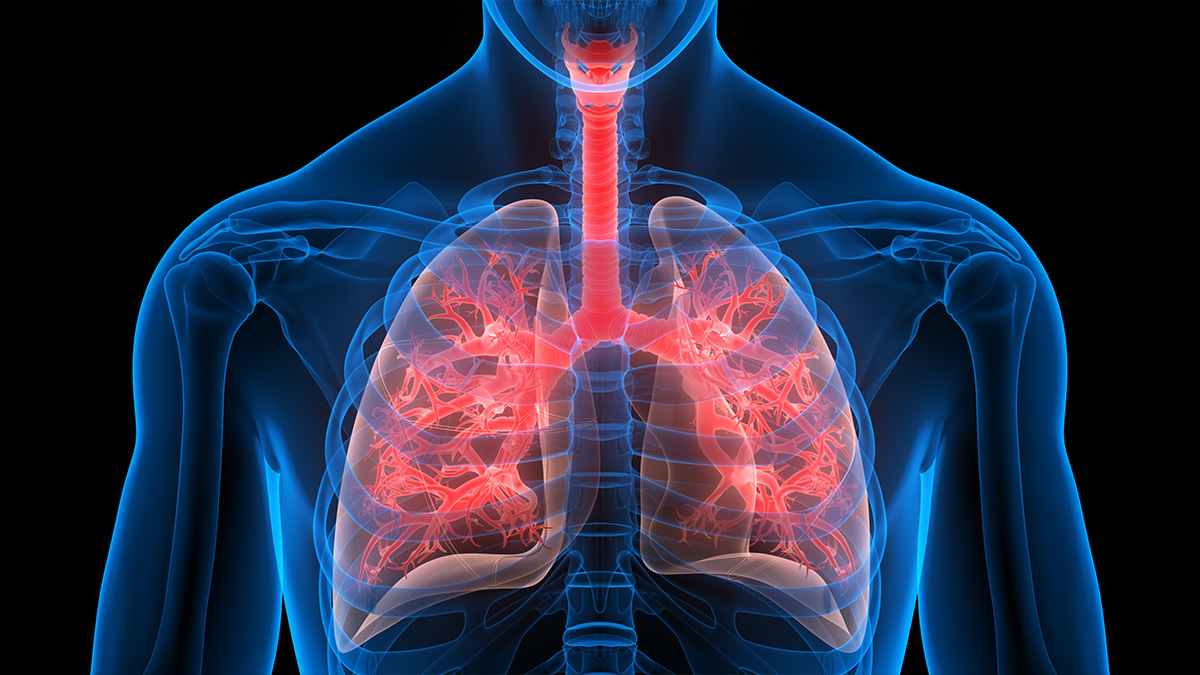Every moment of our lives, our bodies are engaged in a delicate balancing act. We breathe, eat, drink, and sleep—all without consciously deciding when to start or stop. These vital actions are governed by intricate biological systems designed to keep us alive. But behind these simple acts lies a stunning mystery: how does the brain know when we’ve had enough?
For centuries, scientists have been trying to decode the inner workings of the brain’s regulation of essential needs like hunger, thirst, and sleep. These processes, though seemingly automatic, involve an extraordinary orchestration of neural activity. A sip of water or a bite of food might appear simple, but beneath that simplicity is a complex conversation between our organs, senses, and brain.
Recent groundbreaking research by neuroscientists from Zhejiang Chinese Medical University and Zhejiang University has brought us closer than ever to understanding one of these mysteries—how the brain knows when it’s time to stop drinking. Their study, published in Nature Neuroscience, has revealed a previously unknown neural pathway that helps regulate thirst and prevent overhydration.
The Science of Staying Balanced
Our bodies depend on a state known as homeostasis—a biological equilibrium that keeps internal conditions like temperature, hydration, and chemical balance within safe limits. Thirst is a critical part of this system. When we lose water, our blood becomes more concentrated with salts, triggering sensors in the brain that generate the sensation of thirst. We drink, rehydrate, and the system resets.
However, what has puzzled scientists for years is that we often stop drinking before our blood composition changes. This means our brains somehow anticipate the future—a process known as anticipatory thirst satiation. The body predicts that enough water has been consumed, even though measurable changes in hydration haven’t yet occurred.
How does this prediction happen? What signals tell the brain that the body has received sufficient water before the evidence appears in the bloodstream?
A Window into the Thirsty Brain
To answer this question, the team led by Lingyu Xu and Yuhao Sun turned to mice, whose brain structures often mirror key aspects of human physiology. They focused on two tiny but vital regions of the brain: the medial septum (MS) and the subfornical organ (SFO).
The SFO is a well-known player in the regulation of thirst. It’s one of the few brain regions not protected by the blood-brain barrier, allowing it to directly sense changes in blood chemistry. But scientists suspected that the SFO doesn’t act alone—that it also receives signals from other parts of the brain before blood composition changes.
Xu, Sun, and their colleagues discovered just that. Through meticulous recordings of brain activity, they identified an inhibitory pathway connecting the MS to the SFO—a neural highway that allows the brain to predict and control drinking behavior before the body’s chemistry is altered.
The Language of Neurons
Within the medial septum, the researchers found a special group of neurons that use GABA, a neurotransmitter that generally inhibits or “calms” neural activity. These GABAergic neurons became active shortly after the mice began drinking water.
As the mice drank, signals from the parabrachial nucleus—a brain region that processes sensory information from the mouth and gut—traveled to the MS. There, these inputs were integrated and translated into inhibitory signals that were sent onward to the SFO.
This communication effectively told the SFO, “We’ve started drinking. The body is receiving water. You can start dialing down the thirst signal.”
The researchers describe this as a “bottom-up pathway”—a feedback system that starts with the mouth and stomach and travels upward through the brain to regulate behavior. In essence, the brain uses early sensory cues from drinking to predict how much water will soon reach the bloodstream, preventing overconsumption before it happens.
What Happens When the System Fails
To test the importance of this pathway, Xu and his team disrupted it in some of their mice. The results were striking. When this inhibitory signal was interrupted, the mice continued drinking far beyond what their bodies needed. They developed hyponatremia, a dangerous condition caused by excessive water intake that leads to a dilution of sodium levels in the blood.
This finding confirmed that the MS-SFO circuit plays a vital role in maintaining hydration balance. Without it, the body loses its ability to predict when enough is enough, leading to overhydration and potentially life-threatening consequences.
Anticipation: The Brain’s Gift of Foresight
What makes this discovery so fascinating is that it highlights the brain’s remarkable ability to anticipate future states. The act of drinking doesn’t just quench an immediate need—it engages a sophisticated predictive system.
When you take a sip of water, your mouth, throat, and stomach begin sending real-time data to your brain. The brain interprets these signals to estimate how much water will soon enter the bloodstream, adjusting your perception of thirst accordingly. It’s a dance of timing, precision, and balance—an invisible choreography that keeps us safe and hydrated.
This anticipatory system isn’t unique to thirst. Similar mechanisms exist for hunger and sleep. We often stop eating before our stomachs are truly full, and we may start feeling sleepy before our bodies have reached total exhaustion. Each of these functions relies on neural circuits that blend present sensations with predictions about the future, maintaining a harmony that keeps us alive and well.
Implications for Health and Medicine
Beyond its scientific beauty, this discovery has significant implications for human health. Understanding the neural circuits that regulate thirst could open doors to new treatments for disorders related to hydration and fluid balance.
For example, certain neurological or psychiatric conditions can disrupt thirst regulation, leading to excessive drinking (polydipsia) or insufficient fluid intake. Hyponatremia, seen in some patients with heart or kidney disease, is a common and potentially dangerous result of overhydration.
If similar pathways exist in the human brain, they could become targets for therapies that restore balance in these conditions. Moreover, the insights from this research could also aid in designing better strategies for managing hydration in athletes, elderly individuals, and patients undergoing medical treatment.
From Mice to Humans: The Next Frontier
Although this study was conducted in mice, its implications reach far beyond the laboratory. The neural mechanisms that regulate thirst are highly conserved across species, meaning that humans likely share similar systems.
Future research will aim to identify whether the same medial septum–subfornical organ pathway exists in humans and how it might interact with other parts of the brain. Scientists are also interested in exploring how emotions, habits, and environmental cues might influence these internal circuits—why, for example, we sometimes drink even when we’re not thirsty, or why stress can affect our eating and drinking behaviors.
Unraveling these complexities could help us better understand not just the biology of thirst but also the psychological and environmental factors that shape it.
The Elegance of the Everyday
It’s easy to overlook the wonders of biology in everyday life. We rarely think about the countless neural calculations that allow us to sip a glass of water without consequence. Yet, this simple act is a masterpiece of evolution—a process refined over millions of years to keep us alive and in balance with our environment.
The study from Zhejiang reminds us that within every ordinary action lies extraordinary intelligence. Our brains are not merely reactive machines but predictive organs that constantly anticipate our needs, fine-tuning our behavior before danger arises.
When we lift a cup to our lips, our brains are already working ahead—measuring, predicting, adjusting—ensuring that life flows smoothly within us.
More information: Lingyu Xu et al, A bottom-up septal inhibitory circuit mediates anticipatory control of drinking, Nature Neuroscience (2025). DOI: 10.1038/s41593-025-02056-4.






